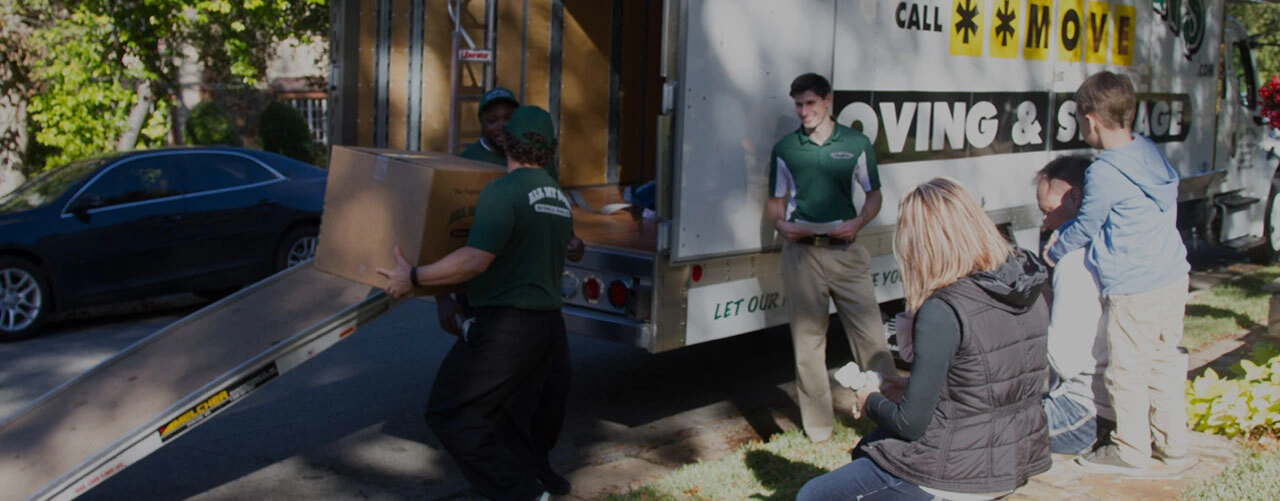How to Puppy-Proof Your New St. Louis Home
When moving into a new home, there is a lot of ground to cover...literally. Unlike your previous home which you probably knew inside and out, your new home may have hidden hazards. And for those of you moving to St.Louis, Missouri, a new home with a curious puppy makes it important to make sure your home is a safe environment. The last thing you want to worry about between potty training your pup and moving, is your puppy's safety.
When moving into a new home, the likelihood that your puppy will stumble upon safety hazards before you do is high. In order to make sure your precious puppy is safe, puppy proofing your new home should be completed prior to moving in and should be done accurately to prevent missing potential hazards.
If you proof your new home prior to moving in, this guarantees a clean and open layout, making it easier for you to spot holes or objects that otherwise would be hidden by furniture or anything else you plan on moving into the home. While puppy-proofing your home, you can also make some interior housing updates along the way. If you are not planning on home improvement renovations before your move-in-date, make sure to take the time to do a thorough cleaning before bringing in your belongings. Small miscellaneous objects; such as: nails, thumbtacks, or an earring that your puppy could swallow may be lying around undetected.
Some new homeowners find themselves asking the question: how do I puppy proof? Puppy-proofing is much like baby-proofing, with the added concern of speed and mobility. So if you don't want to confine your puppy to a play pin all day, here are a few hazards to look for and how to puppy proof them.
Kitchen, bathroom, and laundry areas tend to contain hazardous chemicals that are poisonous if swallowed; such as: cleaners, medications, and chemical-induced products like hair-dye or nail polish. Prior to moving in install childproof latches to avoid any possible cabinet breaches.
If your common room has a fireplace, make sure there is something separating the fire and your puppy. Whether the fire is on or off, you wouldn't want your pup messing in the debris. Opt for a small boundary like a fireplace fence.
Keep an eye out for loose wires and other cords. If there are any loose cords or you plan to add many cords for the television or computer, plan accordingly on how to keep them out of sight before installing equipment. Leaving loose cords around your home is a welcoming chew toy to any puppy and clearly an electrical shock threat.
If you have a multi-story home. Make sure you install a baby gate until your puppy is big enough or is able to safely go up and down the stairs without your supervision.
Don't forget to examine your outdoor area. Be informed on what is growing in your yard and the chemicals that are used in that area. Some plants can be toxic to dogs if ingested. As for garden chemicals...that speaks for itself.
Double check your yard fences. If you plan on letting your puppy roam around the new yard make sure your fence will serve its purpose. Don't let your fluffy fur ball fuel you; you will be surprised at how dogs of all sizes, can wiggle their way through or under fences.
Lastly, moving hazards. While you are busy moving, cleaning, and making home improvements it is likely you left a trail of miscellaneous tools along the way. So do a quick look over to make sure all scissors, box cutters, tools, or cleaning supplies you may have left out are cleaned up and out of your puppy's reach.
At the end of the day it is better to be safe than sorry. Take precautionary steps before moving to reassure your puppy's well-being in your new home. It will not only benefit your pup but it will also save you the headache of having to take him or her to the vet while you're trying to get settled in.

